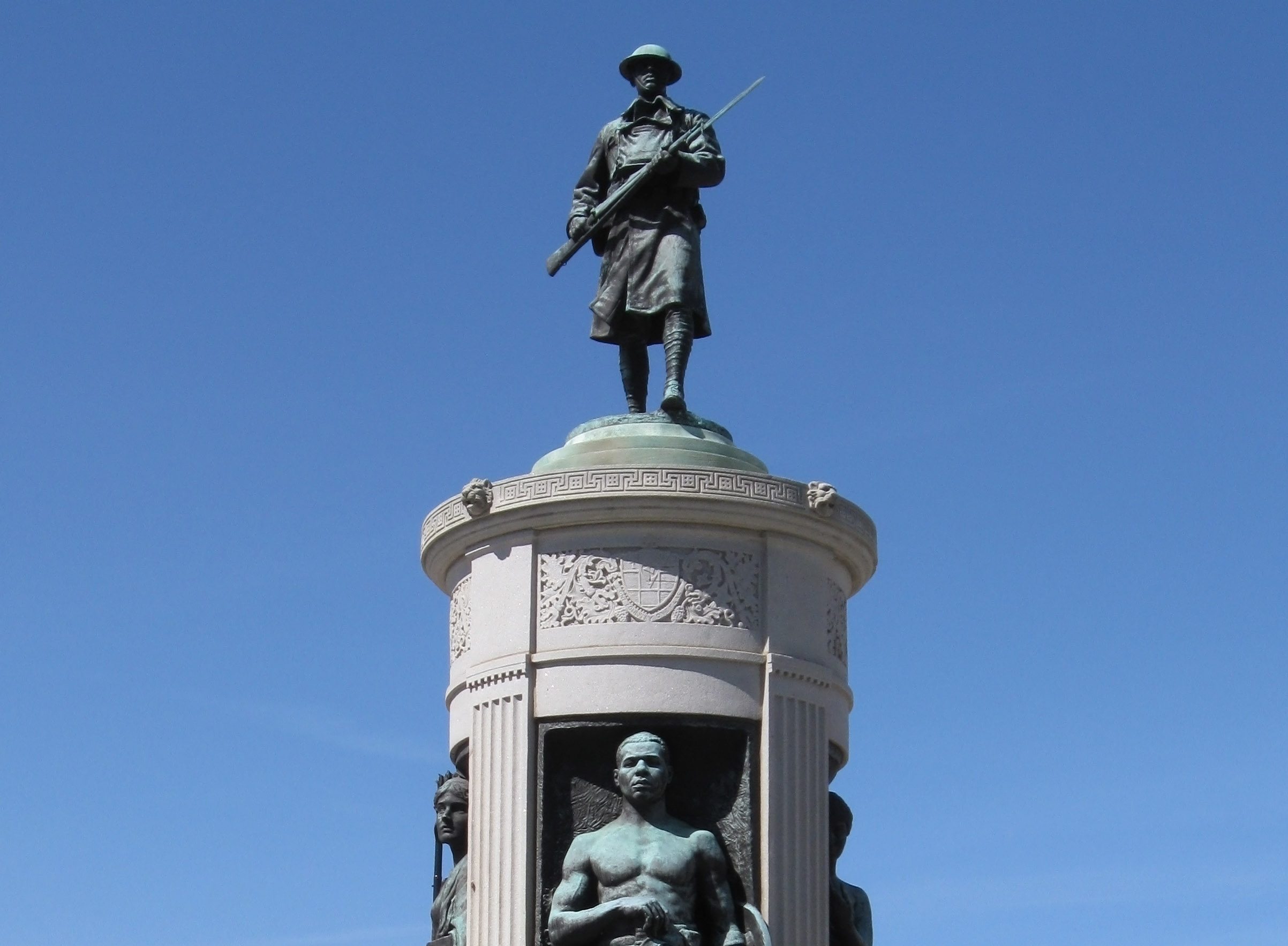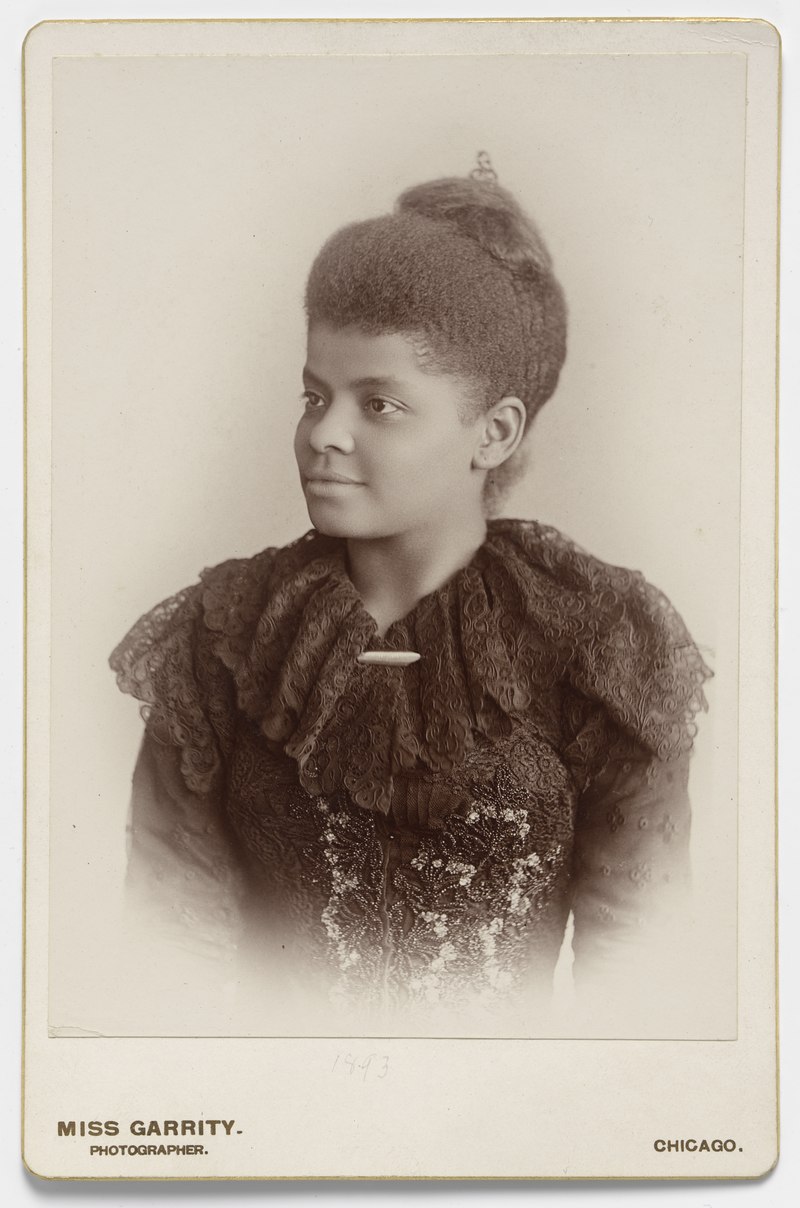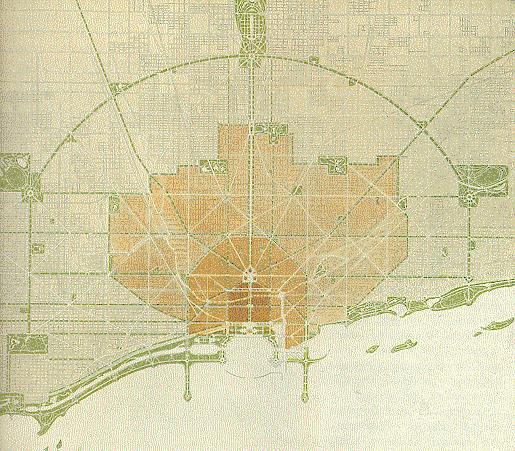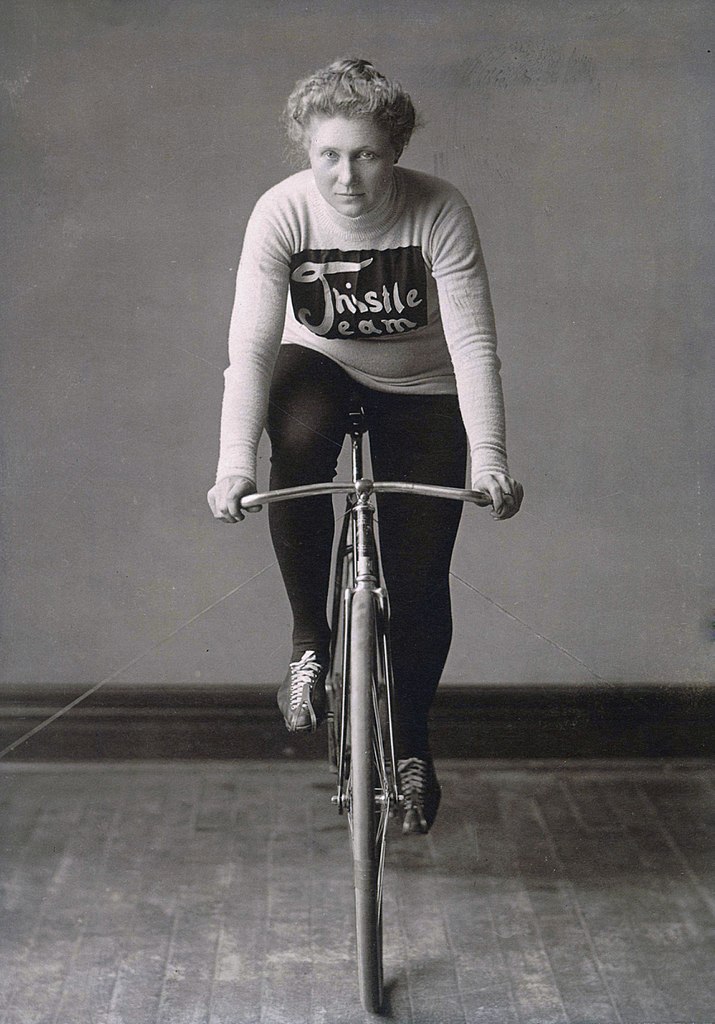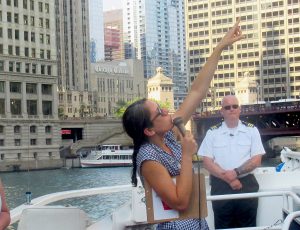In Chicago at night, reference to the sky is most often for the architecture of the skyline and the lights. I must confess, the skyline of Chicago at night is one of my favorite sights in all the world. Chicago’s skyline, however, overshadows the sky itself. So let’s set the buildings aside a moment to explore Chicago’s night sky. Looking up in Chicago at night today, we see very few stars. It is one of my least favorite things about Chicago.
So I took myself on a trip to the Adler Planetarium during one of its free days. At America’s first planetarium, people often flock to one of its theaters for a show, either from the historic Zeiss projector or the more modern options. I preferred, however, to explore the museum, where I experienced the difficulty of a moon jump and played as an ancient astronomer with telescopes and other early observation tools. It was here I stumbled upon the Atwood Sphere, a metal sphere that demonstrates the sky of Chicago at night, circa 1913. That is, Chicago’s night sky… back when it had stars!
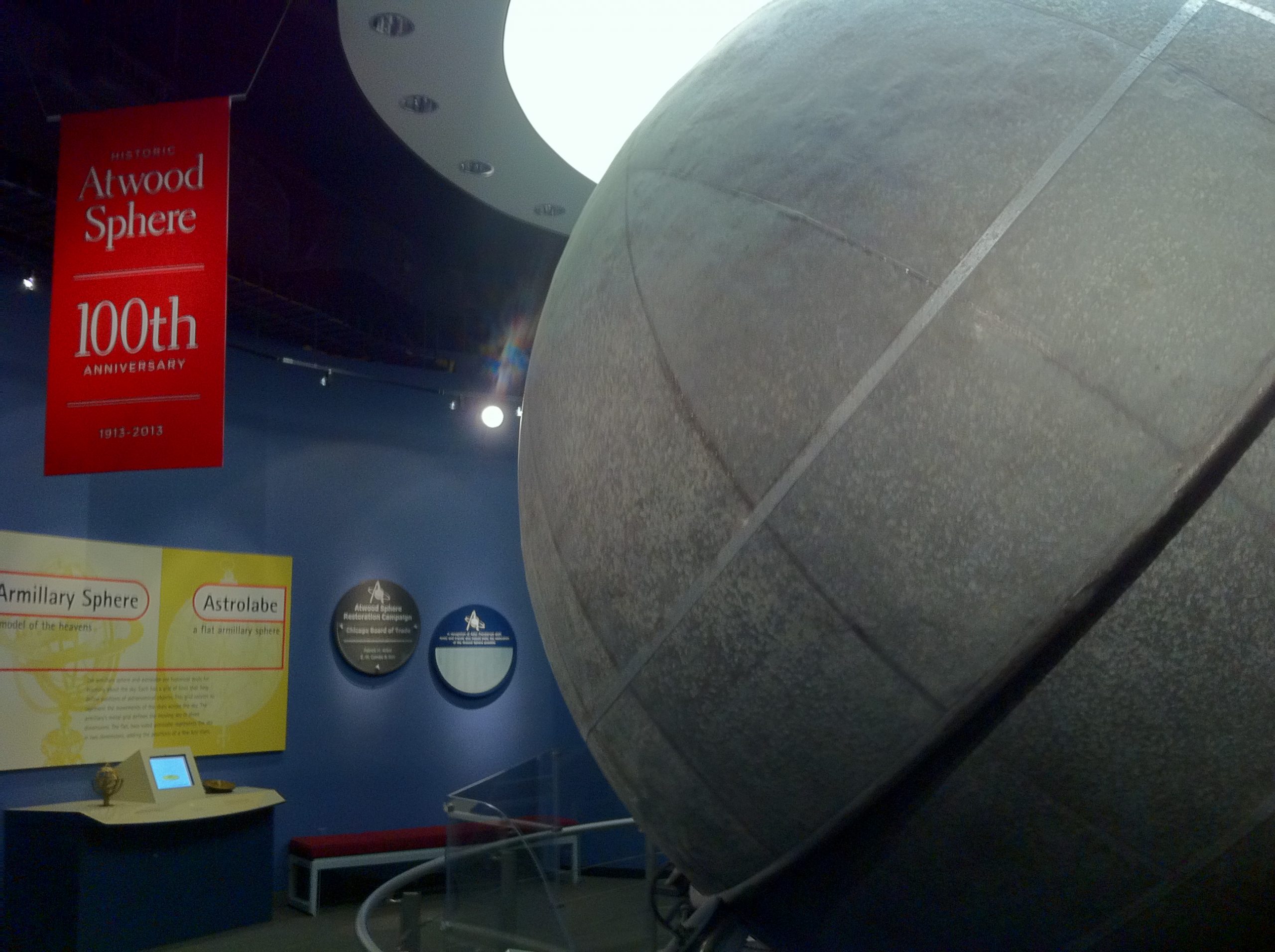
The Atwood Sphere
Though the guided tour of the Atwood Sphere is an additional ticket, it is well worth the mere $6. You get to experience the charm and wonder of astronomy over 100 years ago. When you step into this metal sphere, it closes around you so that you are essentially sitting inside a metal ball. The Atwood Sphere is precisely perforated to allow the light of the museum to shine through in the otherwise dark interior. These light dots represent exactly the celestial bodies that were once visible from Chicago–692 to be exact. The sphere turns around you to display an entire year’s rotation. Our guide pointed out different constellations and planets as they circled over our faux sky.
After the creaking contraption opens up and you hop back into present-day technology, just past the sphere is an exhibit on light pollution. Light pollution in Chicago means that Chicago at night has lost a vast majority of the stars. This whole experience was so cool. It has me hooked and inspired me to dig a little deeper into the history of the sphere and the planetarium.
The Adler Planetarium is housed in a twelve-sided building with a large dome for the Zeiss projector’s show. This style of dome has become synonymous with planetariums nowadays, but it was a new concept in the early 20th century. More often, people over history have learned about stars on maps and globes They had to view the heavens from an outer perspective of two dimensions. Projections on a dome allowed viewers to see the sky as we see it from Earth–that is, from below. This approach is what made the Atwood Sphere such an approachable tool in learning astronomy as well.
Laflin Memorial Building from 1893
Early accounts of the experience in 1913 brag about the ability to study the stars without concern for weather or time, “turning the sky about at will, or causing the stars to stand still in their tracks.” By the ’30s, the Atwood Sphere had lost its luster in Chicago. Though the U.S. Navy used it for teaching navigation in the ’40s, the Chicago Daily News featured the Atwood Sphere in its 1956 White Elephant Festival.

The Atwood Sphere was originally housed in Chicago’s first natural history museum, the Laflin Memorial Building. Today it is part of the Lincoln Park Zoo. Our Chicago Highlights Tour cruises right past both the zoo and building. Matthew Laflin was an early settler of Chicago who had lived in Fort Dearborn and made a good deal of money off real estate holdings. In 1893 he donated to the Chicago Academy of Sciences to build Chicago’s first natural history museum. Laflin insisted the museum should be free to allow equal access for everyone to its natural history collections. Looking at the building’s architecture, we see columns and a pediment, which are classical features. This architectural style was very prominent during and after the 1893 World’s Columbian Exposition.
The Atwood Sphere has been altered and moved about over history, but it’s great to see it restored to its original glory at the Adler Planetarium. The ride into the Atwood Sphere will not only let you marvel at the stars but also–I hope–motivate you to turn off a light or two in combat of the changes to the stars we see in Chicago at night.
— Elizabeth Tieri, Chicago Detours Tour Guide


